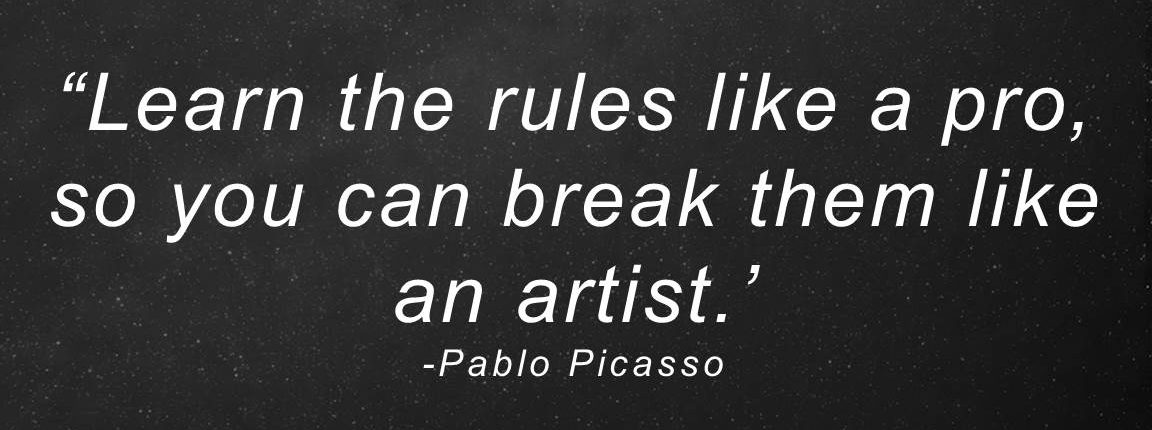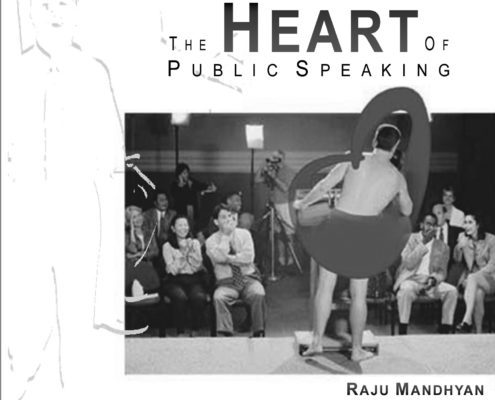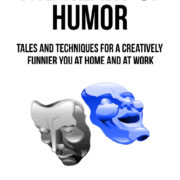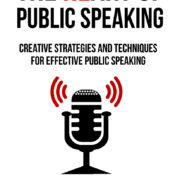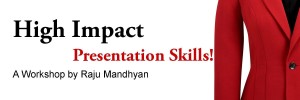the Voice of Leadership
Do you ever wonder what makes any speaker-leader effective?
What makes her such that she stands taller and brighter than thousands of other speakers?
And, what makes her such that people do not just applaud her but stand up and shout, “Let’s march!” in response to her words?
When I was just but seven years old, my elder sister older to me by fifteen years, used to dress me up in a hand-me-down suit and necktie and send me off to pay a neighborly visit to our English-speaking’ family across our little house in Pune, India. The very large building across our house was full of Jewish families who had made India their home before the war. She used to tell me to play, spend time with Simon and Moshe, two boys who were just about my age then.
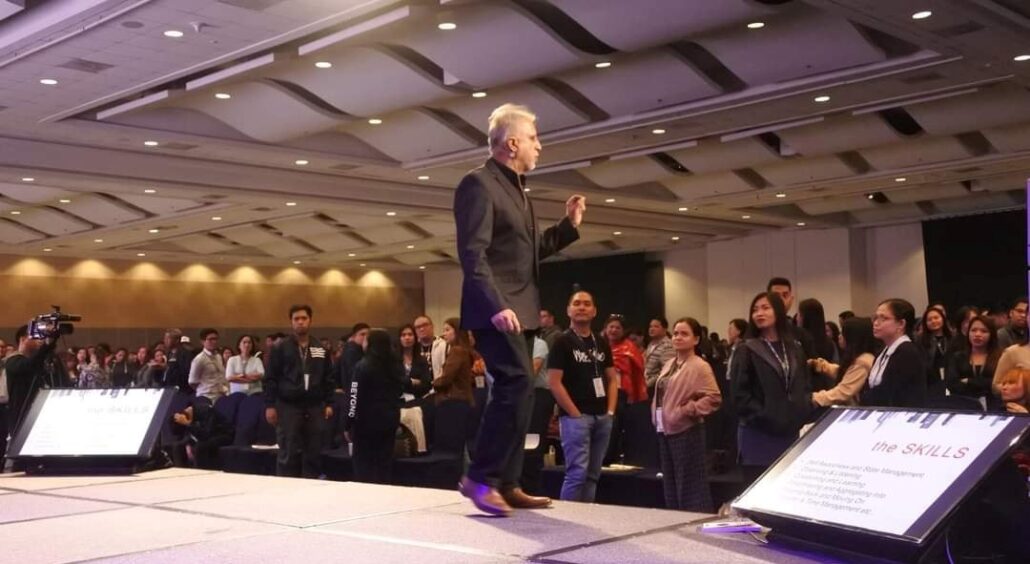
people stand up and respond with a “Let’s march to the sounds and dreams in her voice!”
“But Didee, I am scared! They are big. They look and speak so differently,” I would plead.
‘That is okay. They are kind people. They will not bite you!
But DIdee, I don’t speak good English. I am shy!
That’s okay, they will understand your not-so-good English. They might even like it.
But Didee, I went there just last Sunday. Why again?
Well, if you go often, you will pick up their ways faster,” she smiled.
So there I was every now and then popping in the lives of the Cohens across our house. Their home was way bigger than our home. It had a bedroom or two attached to the living room and kitchen. They’d let me in and I’d shyly walk in and plop myself at their dining table feeling lost in an alien land. Mrs. Cohen was kind. Simon, the elder kid was polite but Moshe, the five-year-old was a bit wild. Every now and then he’d walk up close and ‘boo’ me in my face.
After several such no-conversation visits, one day I think I asked for a glass of water. Or, maybe I said thank you very much. I do not remember what I said but Moshe screamed, “He speaks, he speaks, Raju speaks!” Then Simon and Moshe began to hope and dance around me excitedly and Mrs. Cohen smiled happily at me, I felt thrilled and like an idiot at the same time.
That, I believe today, was my very first public speaking experience. Ha!
Post that experience, I went on with my life in India and became an engineer at the age of twenty-three. Then a few years later, I left home and traveled the world doing business, raising kids of my own, and becoming a useful contributor in social and business circles until one day.
One day, at the age of forty-something, I headed a business organization in the Philippines, and at a conference; I had to introduce the chief guest, a presidential candidate in the Philippines at that time. I thought it would be easy. In fact, I thought it would be easy peasy, lemon squeezy but when I stepped up behind the lectern the heebie-jeebies hit me. I could not meet the eyes of the 300 odd people in front of me. I stuttered I blabbered, my mouth went dry and I made a total mess of the task. It was an absolute disaster. I was embarrassed that I wanted to bury my head into the ground and stay there for the rest of my living days. Also, that presidential candidate did not even come close to winning that election back in 1996 and I seriously suspect my introduction of him might have been the main cause for his failure.
Anyway, post that day I promised myself I will not such an incident ever occur again in my life. I promised myself that I will learn to face all kinds of audiences, I will learn to speak well in public and I will be able to speak upon different subjects with ease and élan. After that I immersed myself deeply into the paradigms and principles of public speaking and personal development. Over time my knowledge, skills, and confidence began to improve. Very soon instead of just learning it, I also began to coach others in the paradigms and practices of self-development.
Soon I acquired certificates, diplomas, and deeper knowledge of the principles. Over the last twenty years and more, I have run 1000s of workshops, delivered 100s of keynotes, and personally coached c-level executives across countries and cultures. And, it has been a long, happy, and very fulfilling journey in this profession that has gotten hold of my passion. The other day, an organization asked me to share my story and the things that I may have learned along the way. I have learned a lot and here are just three things that I believe make for a good speaker-leader. A ‘speaker-leader’ because I truly believe that the two are inseparable sisters, two sides of a coin which I like to call ‘the Voice of Leadership.’ Here are three little things believe will, eventually, help you find your leadership voice:
Come From Love:
Professional speakers across the world agree that the one thing that makes them be heard, be trusted, and be influential is when their audiences believe that the speaker-leader cares for their people. When leaders have care and respect for their people then connection, engagement, and influence become a cinch.
Every time I have stepped up on the stage, whether it be at the end of a table or behind a lectern, I performed well, I created tons of value when I cared for and respected the audience. Every time I forgot this fact and became excessively self-centered, I hardly delivered any value.
The practice I follow is that on event morning I spend some time meditating and reminding myself that my core objective is to care, respect, and serve. Then, several times before stepping up to the lectern, I remind myself that my core objective is to care, respect, and create value. This habit never fails to create magic.
When you come from love then your leadership voice becomes that of compassion and empathy. People sense and love that and respond positively.
Stand Up Speak Up:
This is about being authentic and true to your feelings and beliefs. It is also about being cognizant not just of the content but also the context of conversations. It is being brave and vulnerable at the same
Many years ago, at another presidential conference, the president of the country was late in coming. So to fill up time and entertain the people in the halls the organizers requested one of the local, popular singers to fill up the airtime. After belting out a few songs, she resorted to calling people up on stage to sing with her. One of her victims was an expatriate to the country who did not know the language or the local culture. Soon through her jokes, she turned him into a laughing stock.
He had no idea what was going on. I understood what was going and I felt bad for him. I turned to a few people in the room and said we should call this out but they just shrugged and asked me to let it pass. I was annoyed, almost angry, and wanted to call out the entertainer for her actions but I did not. I stayed glued to my seat as if my body were filled with cold lead. The moment passed but the ugly feeling it left inside me did not move on.
Post that moment, I began to perceive both the entertainer woman perpetrator and the expatriate victim with kindness and mercy. I figured that because of her lack of cultural sensitivity and lack of political correctness she knew not what she was doing. The expatriate person knew not what was going on. I was the one who could have stood up and spoken up. Since then, to redeem myself, I have not just sharpened my own sense of cultural sensitivities but also coached hundreds of senior executives across cultures to stand up and speak up sensitively and with respect for diversity.
When you make efforts to stand up and speak up in challenging and sensitive circumstances with the right choice of words and demeanor, you begin to exercise your voice of courage and authenticity. People respect that and turn towards you for guidance and direction.
Get Into the Pit Often:
All kinds of talent need nurturing and care. That is why dancers dance, singers sing and writers write with consistency and as a discipline.
For enhancing your communication, skills take and accept every opportunity to present at, to host or to facilitate meetings. Professional speakers will tell you that scores of times they will take up non-paid speaking assignments to keep their skills honed. Those that want to hone their leadership skills will tell you that they will take up responsibilities and risks to be on top of their game.
With repetitive practice and experience, you reach a point where you no longer need to think about what you are doing. You become competent without the significant effort that characterizes the state of conscious competence.
Thus, the way to get into the pit often to seek opportunities where you can get to speak or take charge of an assignment or a project to lead. As and when you have these opportunities make a sincere effort to place your best foot forward, learn, and grow with your successes and from failures. Over time, you will see that your success to failure ratio improves.
When you make getting into the pit often a discipline then your discipline pays off and your voice, over time, becomes known as the voice of wisdom and experience.
Living out and putting these, habits will work at cleansing and strengthening your value systems. You will learn to become more and more authentic in your ways. You will learn to choose, form, and express your thoughts in such that people will easily connect, engage and be influenced by you. When your competencies enhance you will recognize that you think, speak and act from a place that is true and strong for you. You will speak and act in such a way that people will not just stand up and applaud for you but will people stand up and respond with a “Let’s march to the dreams and the sounds her voice!””
Decades ago, my elder sister, Didee was on the right track when she used to run me off in an ill-fitting suit and a necktie to our English-speaking neighbors saying they will be nice, they will accept me as I am and over time I will transform into a better version of myself.


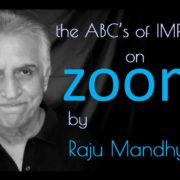
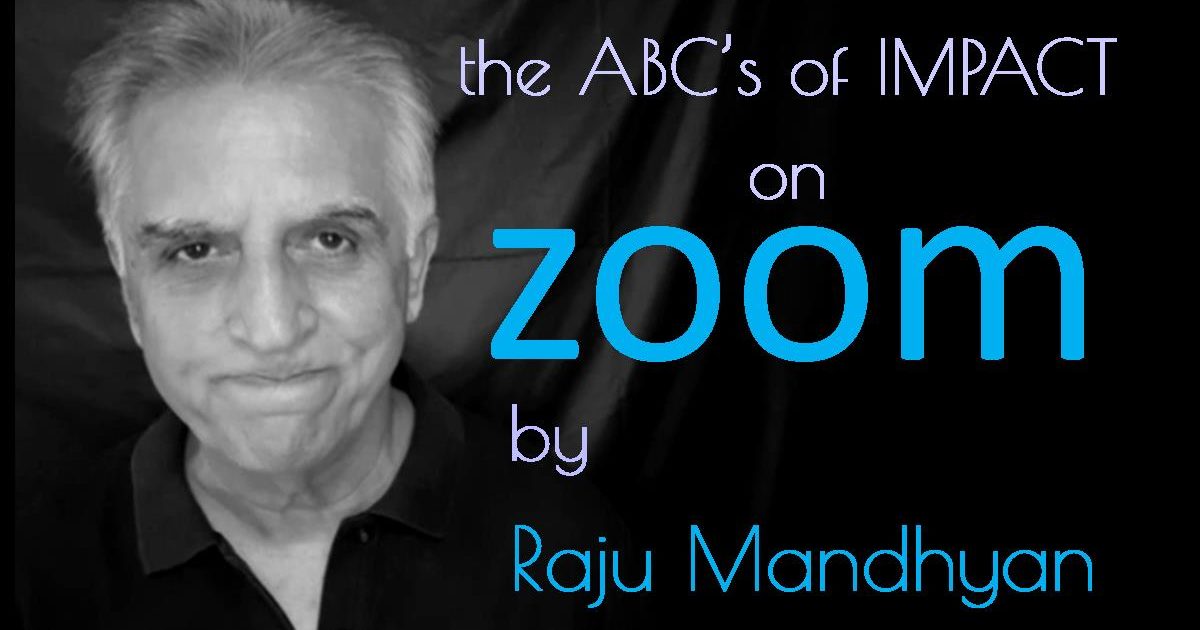
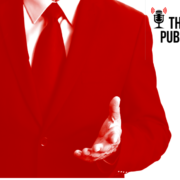
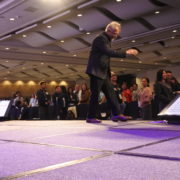
 To unburden and then brace your-self to rock and roll, here are eleven ideas:
To unburden and then brace your-self to rock and roll, here are eleven ideas: